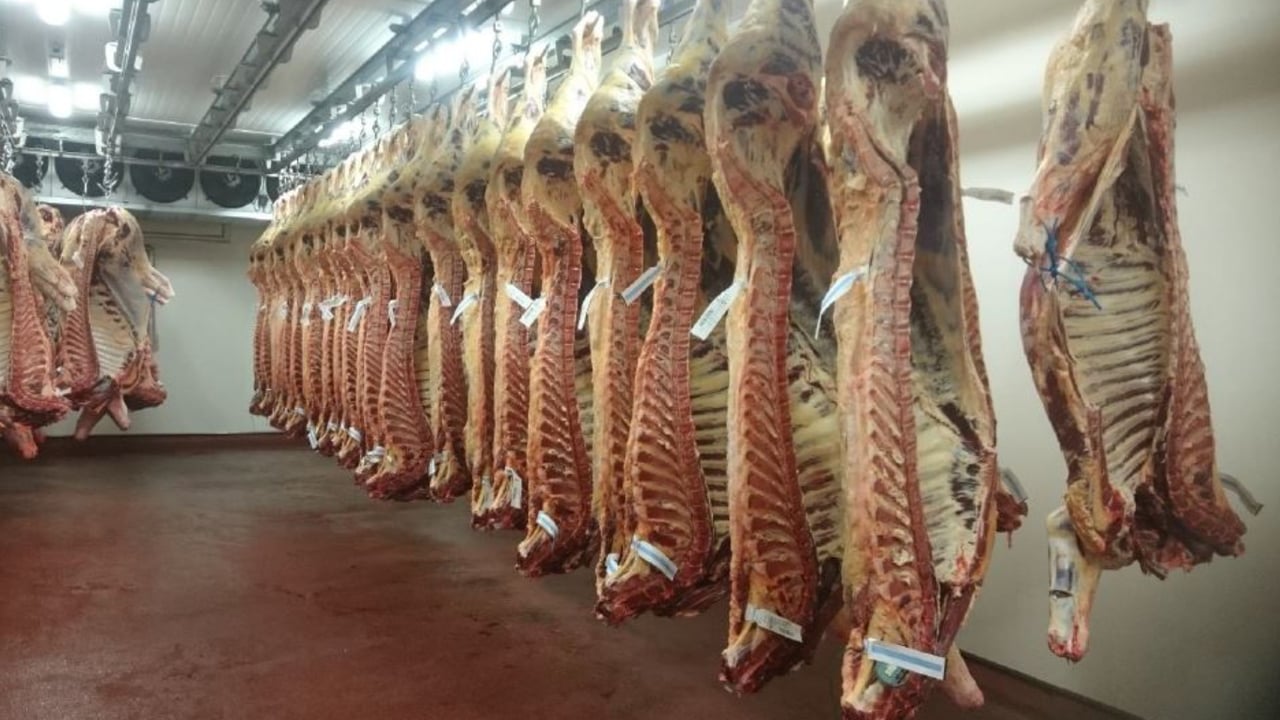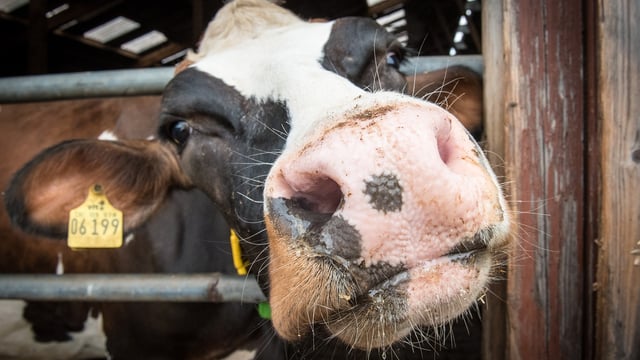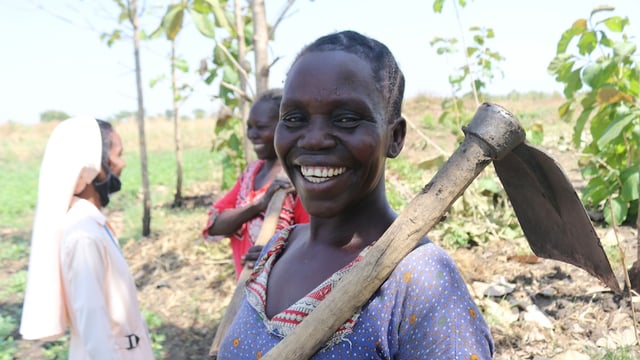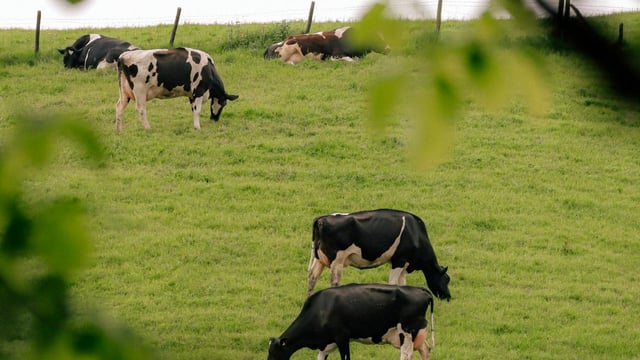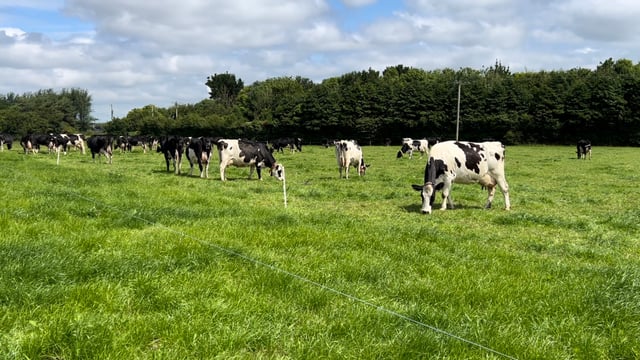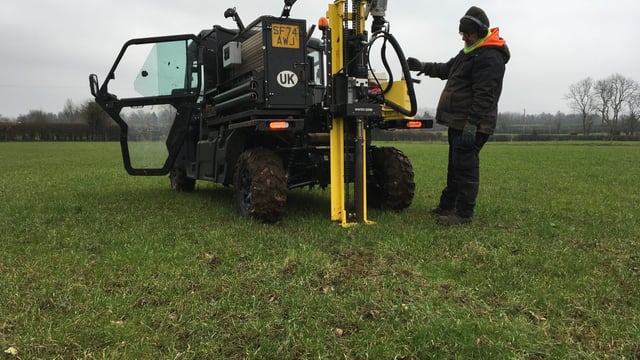Beef kill: Strong cattle supply fails to quell surging prices
Factory cattle supplies bounced back in the final week of March with over 36,000 cattle slaughtered, according to Department of Agriculture, Food and the Marine (DAFM) beef kill figures.
Supplies had fallen in the previous week to just over 31,000 head - partly as a result of the 4-day kill following the St. Patrick's Day bank holiday.
There had been some speculation that weekly supplies may fail to pick up again, with cattle supplies forecast to decline.
The graph below shows how weekly cattle supplies this year have been comparing to last year:

Cattle supplies for the final week of March this year was over 5,000 head above the same week of 2024.
Stronger weekly supplies of cattle have been a trend to date this year despite the market projections of up to 90,000 fewer cattle available for slaughter this year.
The cumulative beef kill to date this year is 465,500 head of cattle, which is almost 16,300 head above the number of cattle slaughtered in the same time period of 2024.
The table below details the number of cattle slaughtered in the final week of March this year versus last year and the total kill to date this year versus last year:
| Category | Week ending March 30 | Equivalent Last Year | Cumulative 2025 | Cumulative 2024 |
|---|---|---|---|---|
| Young bulls | 1,602 | 1,657 | 34,609 | 34,267 |
| Bulls | 565 | 494 | 5,678 | 5,532 |
| Steers | 13,899 | 11,775 | 165,042 | 158,547 |
| Cows | 8,016 | 7,649 | 107,118 | 114,791 |
| Heifers | 12,051 | 9,315 | 153,031 | 136,048 |
| Total | 36,133 | 30,890 | 465,478 | 449,185 |
In the past, strong supplies of cattle were often blamed as the cause of a beef price reduction, but prices have continued to rise this year despite the strong supplies continuing.
The price paid to farmers per kilo for beef has now surpassed the price paid to dairy farmers per kilo for milk solids.
Industry sources point to strong demand from key markets as the attributing factor causing the unforeseen surge in beef prices.
While it remains to be seen where Irish beef prices will eventually level off at, prices have continued to rise, with the first quarter of 2025 has been a record time period for beef price increases.

